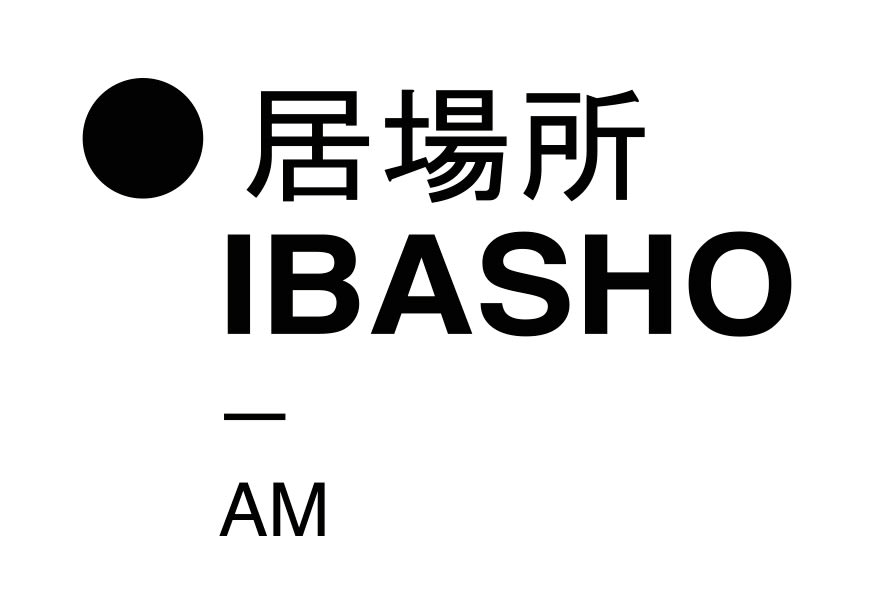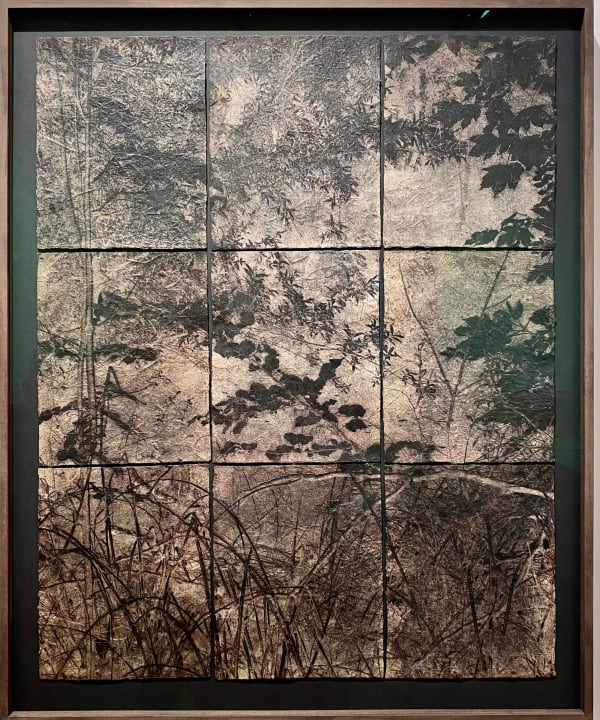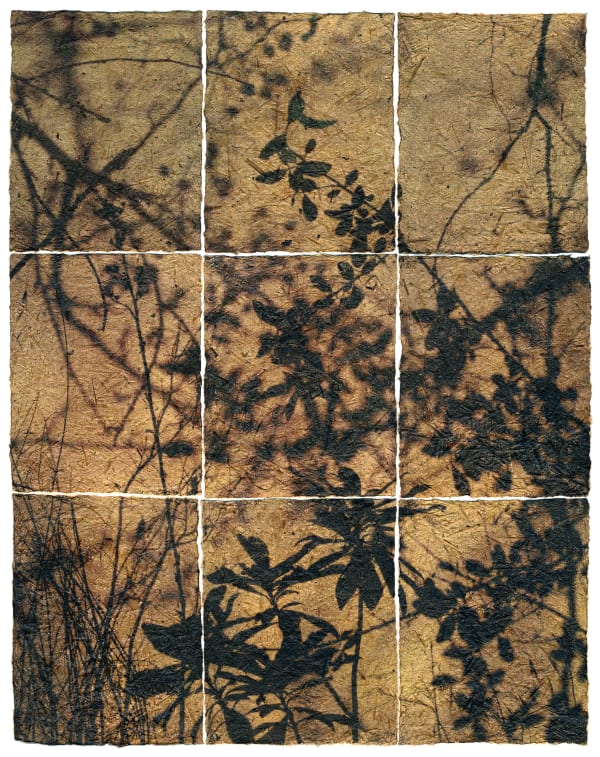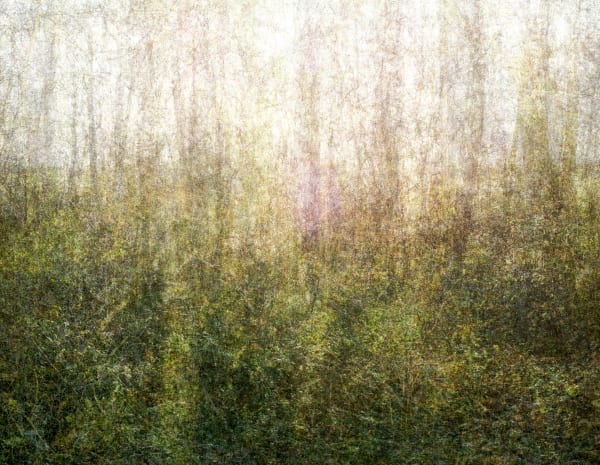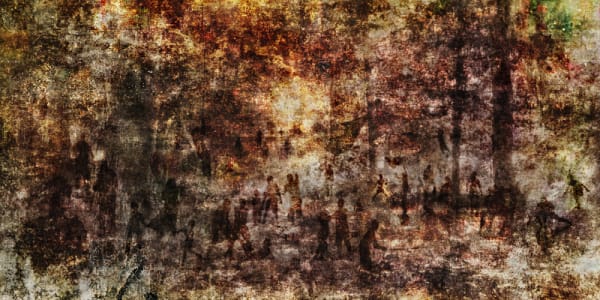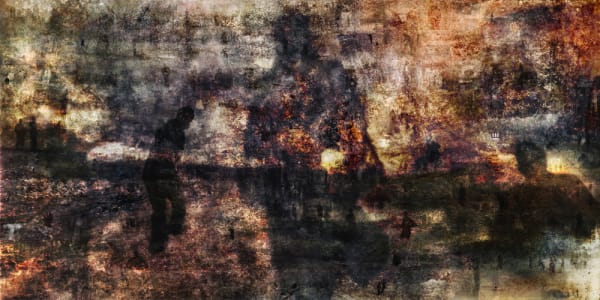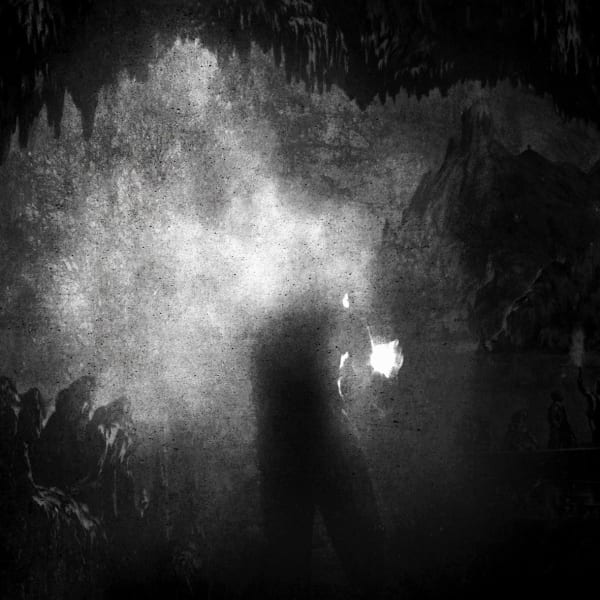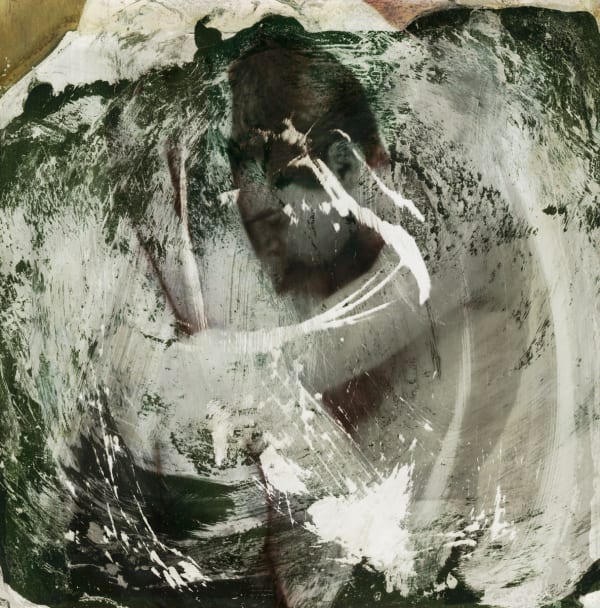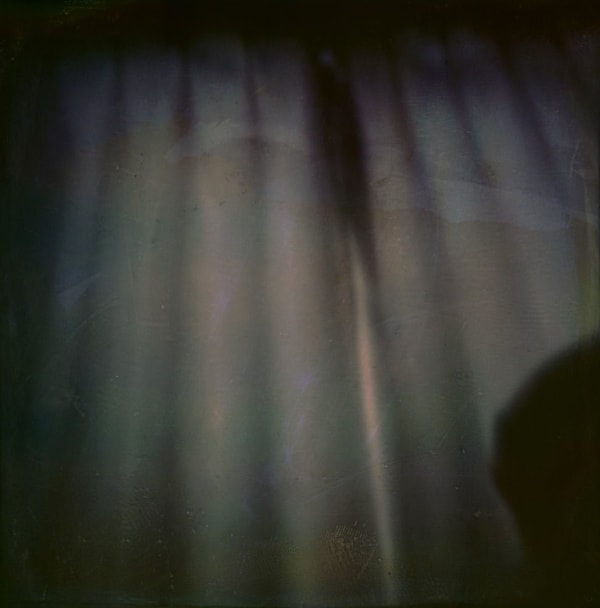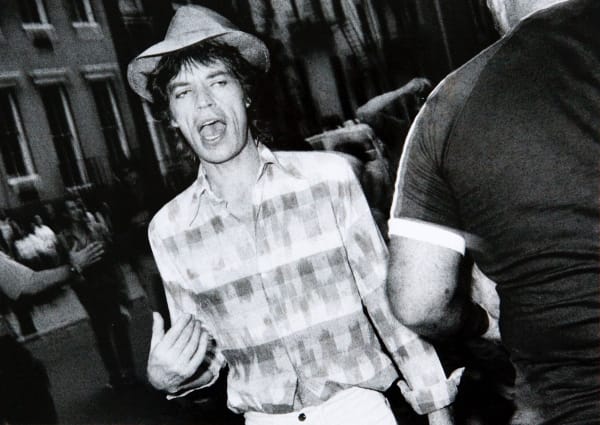Hideyuki Ishibashi
Hideyuki Ishibashi was born in Kobe (1986).
He studied Photography at the Nihon University College of Art in 2009 in Tokyo and at Fresnoy – Studio national des arts contemporains (promotion Chantal Akerman) in 2018. Currently living and working in Paris and Lille.
His work is based on photography and he mainly uses techniques of collage.
Ishibashi had his first exhibition, Présage, in 2013 at the BT Gallery in Tokyo. In 2014 he received the SFR Jeunes Talents "LILLE 3000" lauréat, and was nominated for the Prix Voiers Off in 2013. He is the winner of Meijburg Art Commission 2018.
Regarding one of his series 'Limen' (2017) Ishibashi has given the following insights:
'There is an inevitable relationship between the lens and a subject when we use a camera to capture an image, proving its existence. On the other hand, halations, gradations and blurs clash with the purpose of recording. The reason why I am attracted to this aspect of photography is because I can recognise that this information has been recorded by the camera and not by our eye or our memory. New technologies prevent halation and blurring, offering us a clear and sharp image. It is more attractive than the reality that our eyes can capture. Hence we increasingly depend on the eye of a photographic camera instead of our own eyes and our time of direct observation of the diminished object.
During my research, I collected the fragments which disappeared because of halation, blurring or gradations and tried to save the information that remained. I extracted these fragments of digital noises and colours that usually get in the way of our gaze. By crafting these repaired fragments and these noises into a patchwork, I realised that what I'd gathered together were lost moments rather than a lost image. Contrary to the custom that expects photos to be "frozen" on paper, I wanted to use shadows, and to freeze the image directly in the mind of visitors. Here, photography isn't frozen but evanescent and it's the visitors' eye that proceeds in the recording. This project offers us the time to rethink our relationship with photography at this time, through the question: What does "to be taken in a photograph" really mean?'
About his series 'Présage' from 2014 and his method of working Ishibashi has stated:
"At present we are able to consume an enormous amount of images everyday. The development of the digital camera and the subsequent appearance of cameras in mobile phones is now multiplied by photo sharing on social networks. Information technology has caused a new dilemma, we have a plethora of images, but I feel that the time we spend looking at each image is now very short.
In this project I use photographs found at antique markets, random postcards, shots from Google Street View, and anonymous internet images born of another's point of view. By putting these images together I have dissimilated them and created new images. These new images are a foothold for the act of viewing itself.
In order to use found images as material for these works, (and to specifically disassociate them from their previous meaning) I took great care to break them apart delicately. At their first instance of joining these images have a mosaic-like facade. I then assiduously erase all the traces of their merging. After completing corrections to an almost impossible degree, a new image, one seemingly closer to an original piece of photography begins to emerge. Dust, droplets of water, and reflections caught when scanning accumulate and effect, too. Finally, the images transform and acquire a new and more ambiguous existence. Now, they exist somewhere between 'reality' (raw image) and a 'figment of my imagination (processed image).'
With these images born of the artistic process I wish to give viewers time to rethink the act of seeing, and to see the ambiguity within the deceptively simple act of 'seeing things as they are.'"
-
 Chromophore (terril 87 and 92 Dourges, Hénin-Beaumon), 2023
Chromophore (terril 87 and 92 Dourges, Hénin-Beaumon), 2023 -
 Chromophore (terril 84, 101 and 205 Rouvroy, Hénin-Beaumont), 2023
Chromophore (terril 84, 101 and 205 Rouvroy, Hénin-Beaumont), 2023 -
 Chromophore (terril 162 Denain), 2023
Chromophore (terril 162 Denain), 2023 -
 Chromophore (terril 110, 116 and 117 Oignies), 2023
Chromophore (terril 110, 116 and 117 Oignies), 2023 -
 Burning ground (fossil #4, one year after the fire at terrils du marais de fouquières), 2023
Burning ground (fossil #4, one year after the fire at terrils du marais de fouquières), 2023 -
 Burning ground (fossil #3, one year after the fire at terrils du marais de fouquières), 2023
Burning ground (fossil #3, one year after the fire at terrils du marais de fouquières), 2023 -
 Burning ground (fossil #2, one year after the fire at terrils 105 and 89 in Montigny-en-Gohelle), 2023
Burning ground (fossil #2, one year after the fire at terrils 105 and 89 in Montigny-en-Gohelle), 2023 -
 Burning ground (fossil #1, one year after the fire at terrils 105 and 89 in Montigny-en-Gohelle), 2023
Burning ground (fossil #1, one year after the fire at terrils 105 and 89 in Montigny-en-Gohelle), 2023 -
 Burning ground (empreinte #3, film buried in the combustion ground of the terrils du marais de fouquières from August 30 to November 1, 2023), 2023
Burning ground (empreinte #3, film buried in the combustion ground of the terrils du marais de fouquières from August 30 to November 1, 2023), 2023 -
 Burning ground (empreinte #2, film buried in the combustion ground of the terrils du marais de fouquières from August 30 to November 1, 2023), 2023
Burning ground (empreinte #2, film buried in the combustion ground of the terrils du marais de fouquières from August 30 to November 1, 2023), 2023 -
 Burning ground (empreinte #1, film buried in the combustion ground of the terrils du marais de fouquières from August 30 to November 1, 2023), 2023
Burning ground (empreinte #1, film buried in the combustion ground of the terrils du marais de fouquières from August 30 to November 1, 2023), 2023 -
 ATLAS #6, Platanus, 2021
ATLAS #6, Platanus, 2021 -
 ATLAS #6, Metasequoia, 2021
ATLAS #6, Metasequoia, 2021 -
 ATLAS #6, Ginkgo, 2021
ATLAS #6, Ginkgo, 2021 -
 ATLAS #6, Catalpa, 2021
ATLAS #6, Catalpa, 2021 -
 « Les six muids », 2020
« Les six muids », 2020 -
 « Bois Parisien 30/11/2020 15:06 – 16:40 », 2020
« Bois Parisien 30/11/2020 15:06 – 16:40 », 2020 -
 « Bois Parisien 26/11/2020 10:06 – 11:26 », 2020
« Bois Parisien 26/11/2020 10:06 – 11:26 », 2020 -
 « Bois Parisien 23/11/2020 13:55 – 15:01 », 2020
« Bois Parisien 23/11/2020 13:55 – 15:01 », 2020 -
 « Bois parisien 21/11/2020 14:05 – 16:00 », 2020
« Bois parisien 21/11/2020 14:05 – 16:00 », 2020 -
 « Bois Parisien 20/11/2020 10:05 – 10:39 », 2020
« Bois Parisien 20/11/2020 10:05 – 10:39 », 2020 -
 Presage #24, 2019
Presage #24, 2019 -
 Limen 5, 2017
Limen 5, 2017 -
 Limen 4, 2017
Limen 4, 2017 -
 Limen 3, 2017
Limen 3, 2017 -
 Limen 2, 2017
Limen 2, 2017 -
 Limen 1, 2017
Limen 1, 2017 -
 Presage #9, 2014
Presage #9, 2014 -
 Presage #8, 2014
Presage #8, 2014 -
 Presage #7, 2014
Presage #7, 2014 -
 Presage #6, 2014
Presage #6, 2014 -
 Presage #5, 2014
Presage #5, 2014 -
 Presage #4, 2014
Presage #4, 2014 -
 Presage #3, 2014
Presage #3, 2014 -
 Presage #23, 2014
Presage #23, 2014 -
 Presage #22, 2014
Presage #22, 2014 -
 Presage #21, 2014
Presage #21, 2014 -
 Presage #20, 2014
Presage #20, 2014 -
 Presage #19, 2014
Presage #19, 2014 -
 Presage #18, 2014
Presage #18, 2014 -
 Presage #17, 2014
Presage #17, 2014 -
 Presage #16, 2014
Presage #16, 2014 -
 Presage #15, 2014
Presage #15, 2014 -
 Presage #14, 2014
Presage #14, 2014 -
 Presage #13, 2014
Presage #13, 2014 -
 Presage #12, 2014
Presage #12, 2014 -
 Presage #11, 2014
Presage #11, 2014 -
 Presage #10, 2014
Presage #10, 2014 -
 Presage #1, 2014
Presage #1, 2014 -
 Other Voices 9, 2011
Other Voices 9, 2011 -
 Other Voices 8, 2011
Other Voices 8, 2011 -
 Other Voices 7, 2011
Other Voices 7, 2011 -
 Other Voices 6, 2011
Other Voices 6, 2011 -
 Other Voices 5, 2011
Other Voices 5, 2011 -
 Other Voices 4, 2011
Other Voices 4, 2011 -
 Other Voices 3, 2011
Other Voices 3, 2011 -
 Other Voices 2, 2011
Other Voices 2, 2011 -
 Other Voices 15, 2011
Other Voices 15, 2011 -
 Other Voices 14, 2011
Other Voices 14, 2011 -
 Other Voices 13, 2011
Other Voices 13, 2011 -
 Other Voices 12, 2011
Other Voices 12, 2011 -
 Other Voices 11, 2011
Other Voices 11, 2011 -
 Other Voices 10, 2011
Other Voices 10, 2011 -
 Other Voices 1, 2011
Other Voices 1, 2011
-

Looking Back: 10 Years of IBASHO
Exhibition catalogue various artist, 2025softcoverRead more
Publisher: IBASHO
Dimensions: 230 x 240 mm -
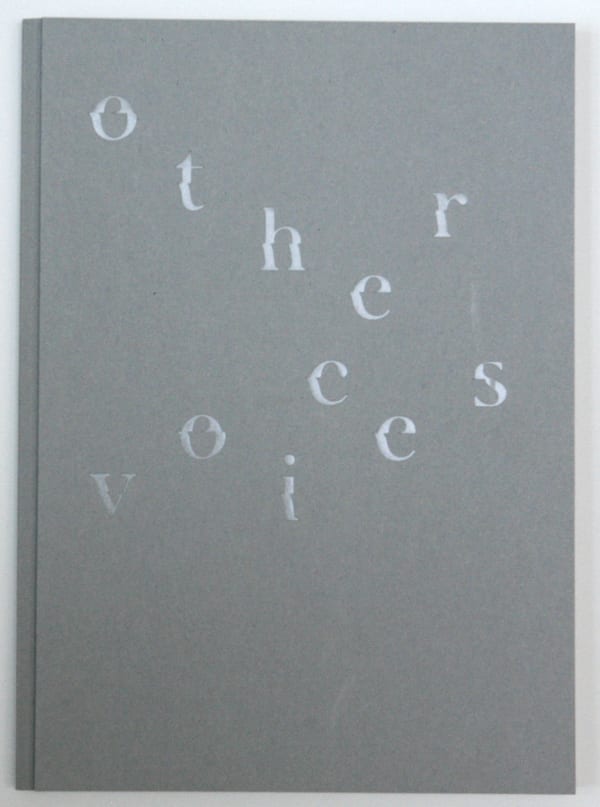
Other Voices - Hideyuki Ishibashi
Ishibashi, Hideyuki, 2019Hardcover, 75 pagesRead more
Publisher: the (M)éditions & IBASHO
Dimensions: 230 x 305 mm -
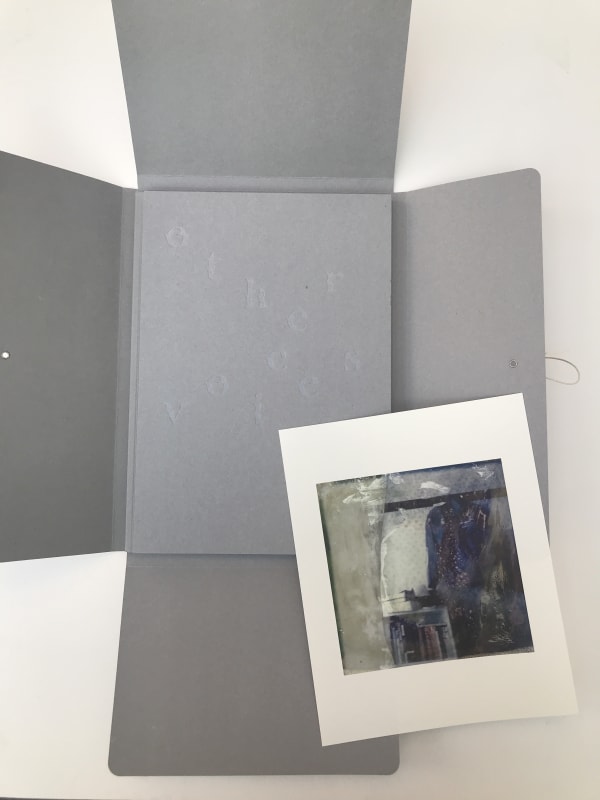
Other Voices - Hideyuki Ishibashi
Special edition with print 'Other Voices 6' Ishibashi, Hideyuki, 2019hardcover, original print in envelope, 72 pagesRead more
Publisher: the(M)éditions
Dimensions: 230 x 305 mm -

Other Voices - Hideyuki Ishibashi
Special edition with print 'Other Voices 5' Ishibashi, Hideyuki, 2019hardcover, original print in envelope, 72 pagesRead more
Publisher: the(M)éditions
Dimensions: 230 x 305 mm
-

#70 Looking back: 10 Years of IBASHO
23 Mar - 18 May 2025We're excited to celebrate a big milestone at IBASHO: 10 years of sharing the beauty of Japanese photography. To mark this special moment, we're hosting a group exhibition “Looking Back:...Read more -

#61 Imprint of Time - Hideyuki Ishibashi
25 Nov 2023 - 14 Jan 2024IBASHO is proud to present the second solo-exhibition at the gallery of the Japanese artist Hideyuki Ishibashi, ‘ Imprint of Time’. With this exhibition Ishibashi, who lives and works in...Read more -

#49 - IBASHO & the (M)éditions present 'The Photo Book as Object'
20 Nov 2021 - 9 Jan 2022After the successful launch of 6 newest publications at Paris Photo 2021, IBASHO & the (M)éditions are proud to present the exhibition 'The Photo Book as Object' in IBASHO's gallery...Read more -

#37 初雪 HATSUYUKI - a group exhibition on 'FIRST SNOW'
7 Dec 2019 - 12 Jan 2020A small flake of snow Came floating down Onto my forefinger Onto its tip Heaven's messenger as it were A small flake of snow Arrived floating Melted on my forefinger...Read more
-

#28 NI'HOMME - SUMMER GROUP EXHIBITION
16 Jun - 1 Sep 2018Since the opening of IBASHO in March 2015 we have been exposed to so much photographic talent coming from Japan, that we have decided to start curating annual group exhibitions...Read more -

#14 Hideyuki Ishibashi
20 Oct - 20 Nov 2016IBASHO invites you with great pleasure to the solo exhibition of young Japanese artists Hideyuki Ishibashi. Ishibashi has developed a highly personal and atypical approach to his photographic practice. Since...Read more -

#11 THE GALLERY CLUB AND IBASHO PRESENT JAPANESE PHOTOGRAPHY
28 - 29 May 2016On Saturday May 28 and Sunday May 29 2016 The Gallery Club and IBASHO present Japanese Photography @ The Studio of Karen Knispel & Henk Drosterij, Binnen Dommersstraat 7, Amsterdam...Read more -

#05 Photographer Hal - IBASHO Popup
25 Sep - 1 Nov 2015IBASHO is presenting a solo exhibition of Japanese artist Photographer Hal on a pop-up location in the beautiful space of HAL in Borgerhout. The Japanese artist feels that the attraction...Read more
